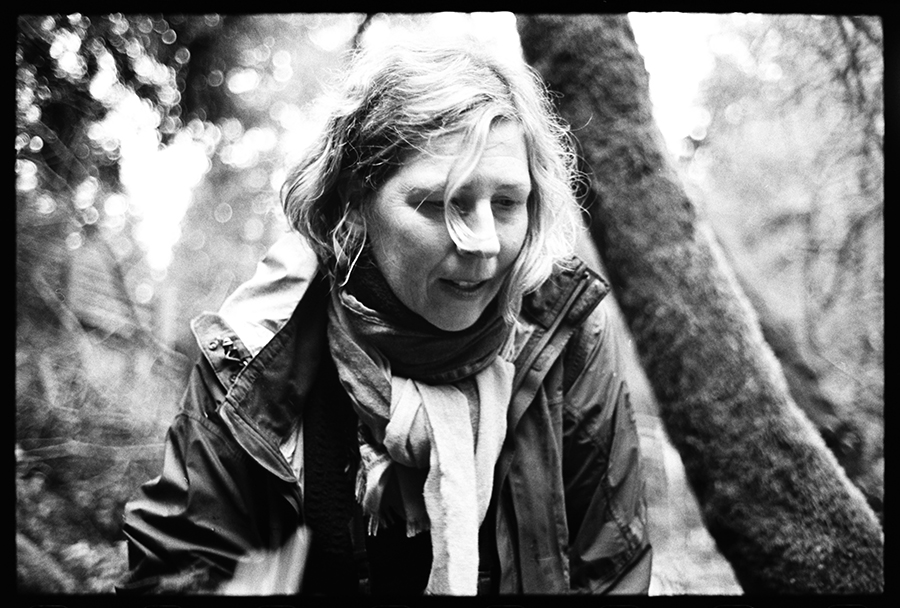While walking around Whitehouse Pool on Sunday morning, Megan Isadore slowed her gait as she passed by some feces, mentally checking whether it came . . .
Through pictures and scat, tracking Marin river otters


While walking around Whitehouse Pool on Sunday morning, Megan Isadore slowed her gait as she passed by some feces, mentally checking whether it came . . .